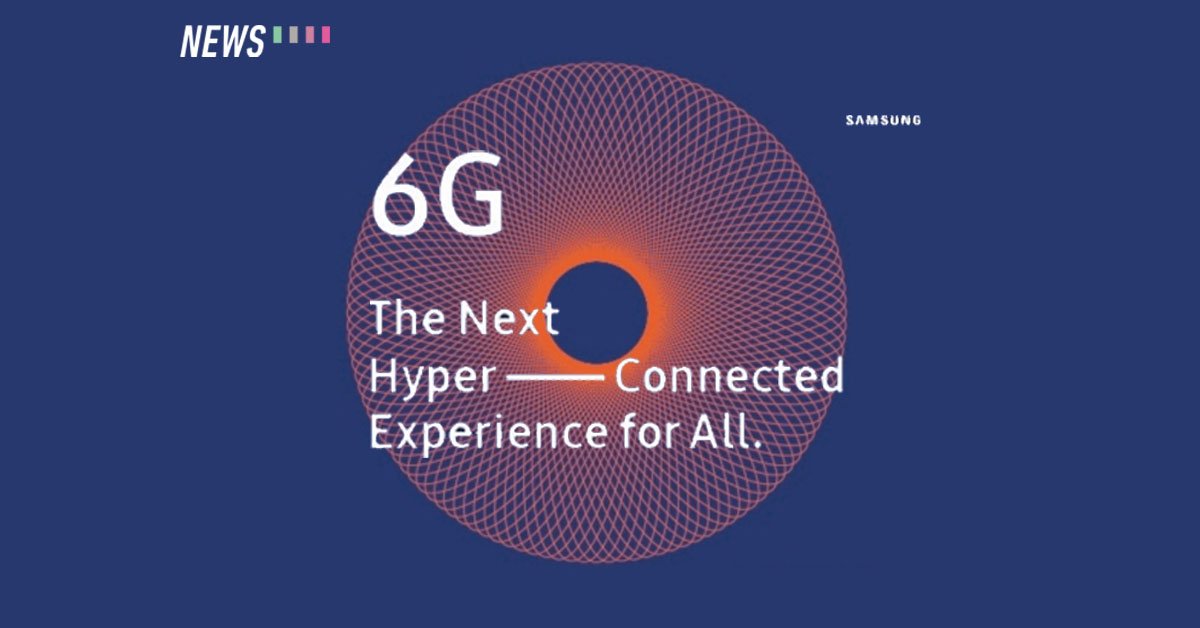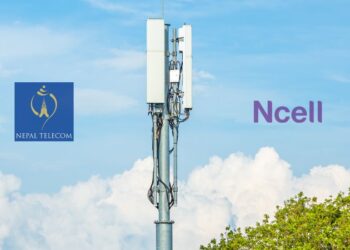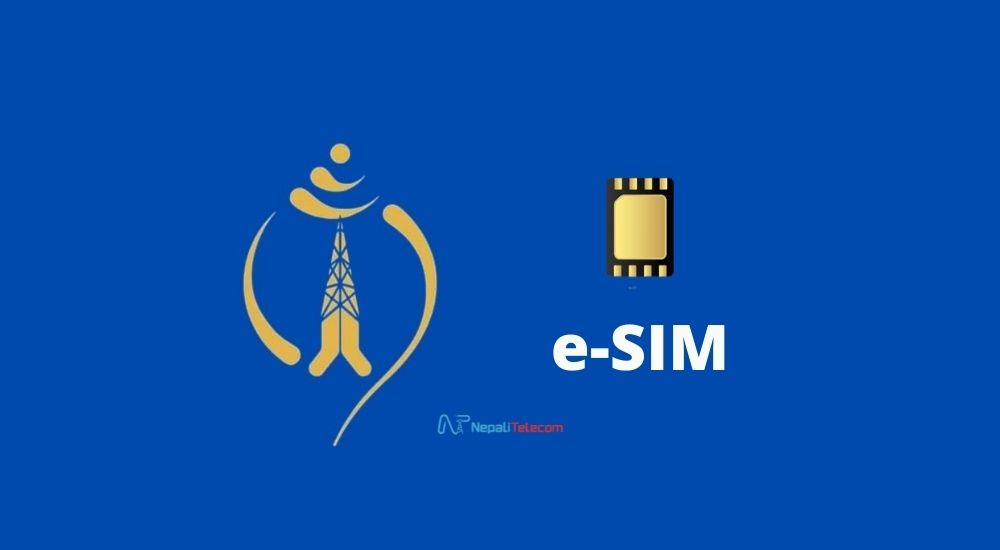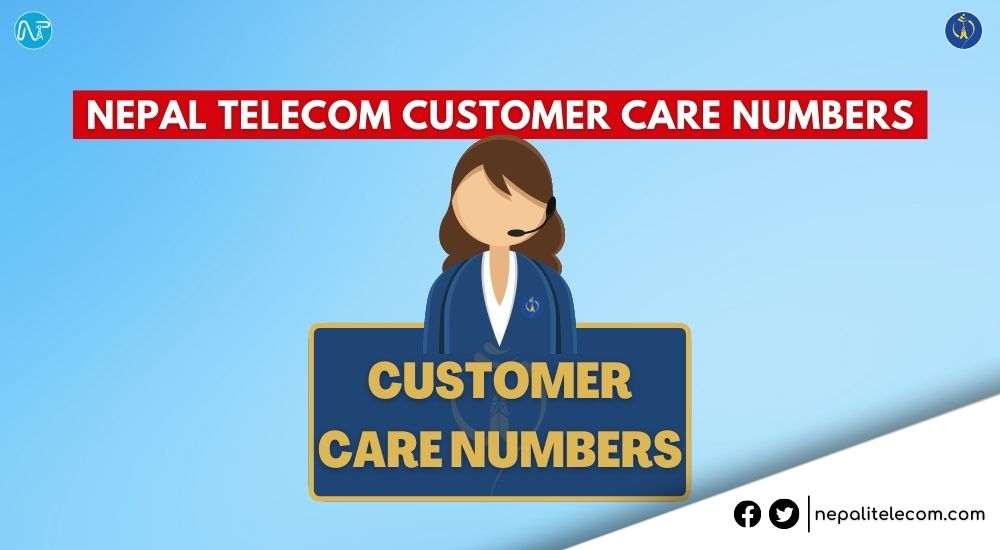5G is still not available in all parts of the world, while works for 6G requirements are already in place. Samsung has published a White paper: “The Next hyper-Connected Experience for All” that showcased its vision for 6G, next-generation mobile technology. They highlight the trends, services, technology, and the standardization timeline for 6G technology.
Samsung intends to bring the next hyper-connected experience to every corner of the world with life. The company is so much interested and determined that it had already established its new Advanced Communications Research Center in May 2019. The Research center will work to convert the vision of Samsung into reality. All the focus is on the standards and requirements that are not met by 5G technology.
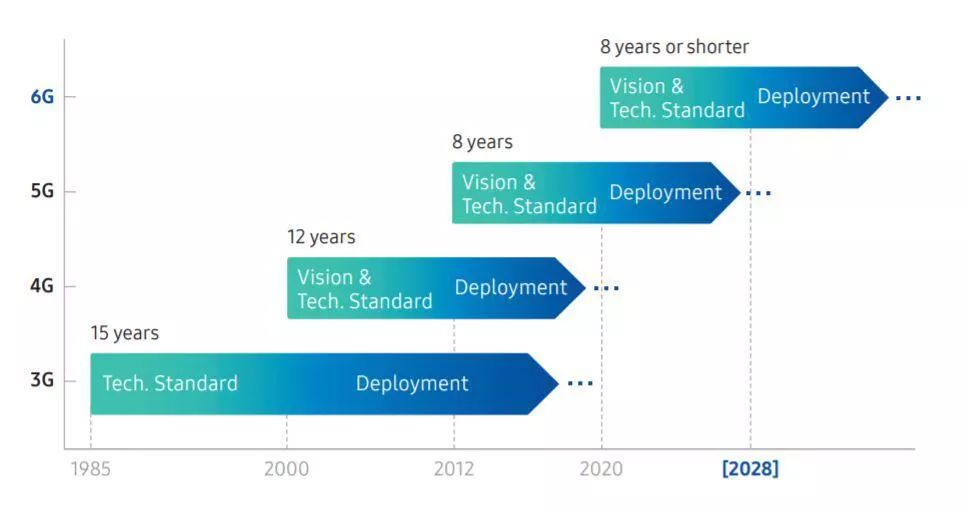
The company expects to complete 6G standardization by 2028, and the commercialization will be done around the year 2030. 5G still hasn’t been available around every corner of the globe, yet the development of 6G has begun. This question has been raised in every mind but has already been answered.
“While 5G commercialization is still in its initial stage, it’s never too early to start preparing for 6G because it typically takes around 10 years from the start of research to commercialization of a new generation of communications technology,” This was the answer by Sunghyun Choi, Head of the Advanced Communications Research Center.
Do, Check-Out: UK bans Huawei equipment to build a 5G network.
6G and its services
6G is the next-generation mobile technology that succeeds 5G. It will be the sixth-generation technology standard for cellular connectivity. Samsung predicts that machines will be the primary users of 6G technology. Whereas in 4G/5G, humans are the driving factors of the technology. So, as per them, 6G will change its development course over the requirement of machines. Read about the Internet of things (IoT) in Nepal.
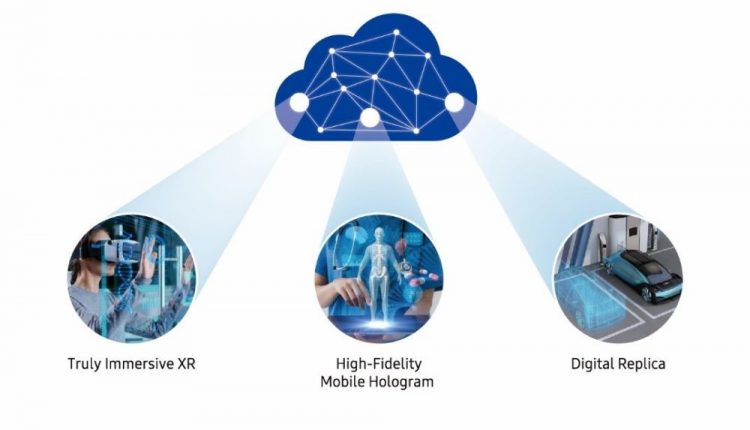 Samsung states that 6G will be a must when technology advancement reaches its certain height to meet the demand for new, innovative, and efficient applications/services. Ultra-mobile broadband, Ultra-reliable low latency services, and massive machine-type communication will continue as with the 5G network. Whereas Some of the added services in 6G will be
Samsung states that 6G will be a must when technology advancement reaches its certain height to meet the demand for new, innovative, and efficient applications/services. Ultra-mobile broadband, Ultra-reliable low latency services, and massive machine-type communication will continue as with the 5G network. Whereas Some of the added services in 6G will be
- Truly Immersive Extended Reality (XR
- Advanced multimedia experience in the name of XR, a generic term for AR, VR, and MR (mixed reality).
- Even 5G could not meet the high data rate of around 1 Gbps for continuous streaming of such high fidelity video.
- High-fidelity Mobile Hologram
- Gesture and expression of people sent through the connectivity and rendered in 3D at the receiving end.
- 5G also cannot meet the real-time hologram communication.
- Digital Replica.
- Replicate physical entities like objects, humans, places virtually: Digital Twin
- Considerable challenges in the replication of just 1m X 1m area.
All these services will require a crazy amount of real-time data processing, a hyper-fast data rate, and extremely low latency. This is the point where 6G becomes the savior of all future technologies and services.
But to make all those services and future technologies work smoothly, 6G will have to meet specific benchmarks and standards. First and foremost, 6G should provide at least a speed of 1,000 Gbps. Secondly, it will need a significant reduction in latency. And last but not least, the company should make it to reduce the energy consumption of both devices and networks by least two times.
Read Do we need 5G in Nepal now?
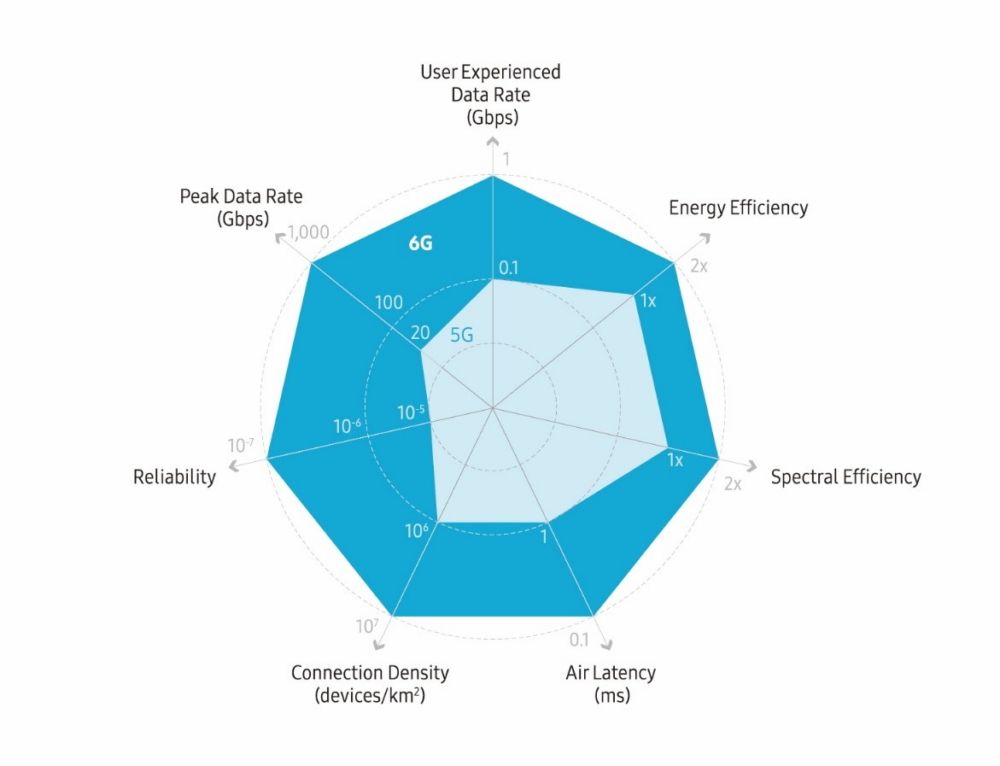
5G vs 6G
Samsung has compared the 5G and 6G technology in terms of various aspects, which is tabled as below.
| Features | 5G | 6G |
| Peak Data rate | 20 Gbps | 1000 Gbps |
| User Experience data rate | 100 Mbps | 1 Gbps |
| Energy Efficiency | Fair | Twice efficient than 5G |
| Spectral Efficiency | Fair | Two times better than 5G |
| Air Latency (ms) | 1 ms | 0.1 ms |
| Connection Density (devices/km 2) | 106 | 107 |
| Reliability | 10-5 | 10-7 |
| Frequency of operation | including mmWave spectrum band |
including TeraHz (THz) frequency band |
When all these standards are met, only then 6G will make all those future services work smoothly. Or else the vision of next-generation services and technologies will never be a reality.
When do you think Nepal will have a 6G network of the advanced services like a hologram call, in the comment box below.
Interesting Read:


